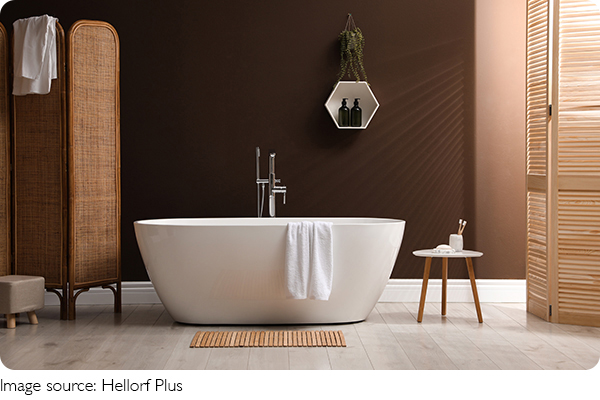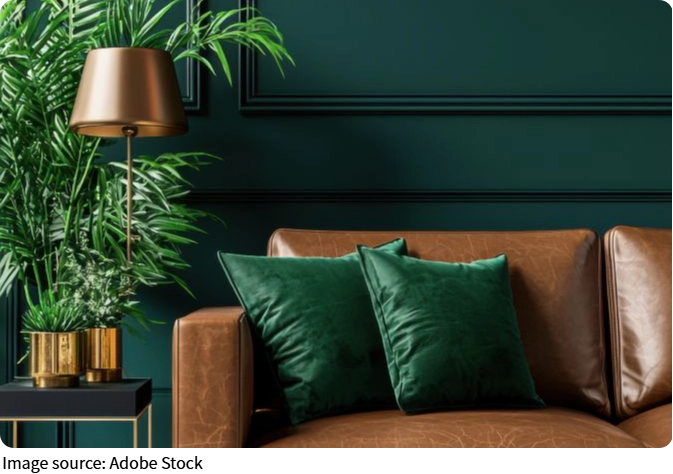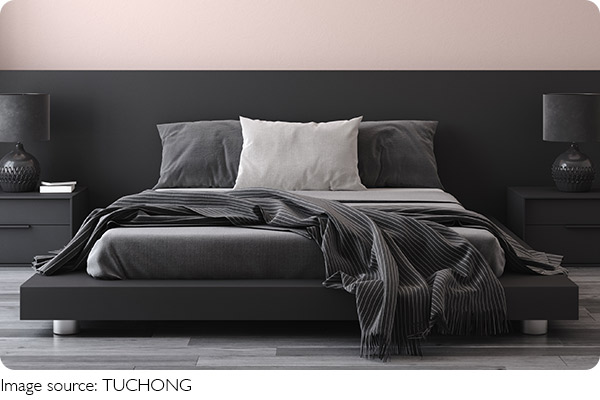Style Meets Comfort

When we walk into a home, what gives it that warm, inviting feeling? It's not just the furniture or the colors—it's how everything comes together. The harmony between soft décor (like cushions, curtains, and rugs) and main furniture pieces (like sofas, tables, and beds) can make or break a room's vibe.
If you've ever wondered why your space still feels "off" even after buying beautiful furniture, the answer might lie in how we're mixing in our soft décor. Let's break down how we can make the perfect combo!
Start with one hero piece
Whether it's a stylish couch, a rustic dining table, or a bold accent chair, choose one furniture item as the "hero" of the space. This becomes our anchor, helping us choose soft elements that complement or highlight it.
For example, a navy-blue velvet sofa pairs well with soft beige cushions and gold-accented throws. The goal? Let the main piece shine, while everything else plays a supporting role.

Stick to a color palette
We don't need to overthink color matching. A simple palette of 2–3 main tones keeps the room looking cohesive. Let's say we choose warm wood furniture, beige upholstery, and soft green accents—then our cushions, curtains, and rugs can follow the same family of tones.
Tip: Earth tones (like olive, sand, and clay) often go well with wood furniture. Cooler tones (like grey and blue) are great with metal or minimalist designs.
Balance textures, not just colors
A common mistake we make is focusing too much on color, and forgetting about texture. Pairing a sleek leather sofa with velvet cushions or a cotton throw adds depth. Rough wood tables match well with soft linen runners or woven placemats.
It's like cooking—we want a mix of crunch, creaminess, and spice. Design is the same. Layering textures brings a room to life.
Scale matters: match size with proportion
Soft décor should match the scale of our furniture. For example, large sofas need oversized cushions or a big chunky throw. A small armchair looks best with a lighter, smaller pillow or slim blanket.
Curtains should touch the floor when possible—it makes the ceilings feel higher and the room more luxurious. Rugs should anchor furniture groups—like under the sofa and coffee table—not just float in the middle of the room.

Use soft décor to soften hard lines
Some furniture—like metal-legged chairs or modern minimalist sofas—can feel cold or sharp. That's where soft elements really help. Adding a round rug, a few plush pillows, or a flowy curtain can balance out the harshness and make the space feel cozy and human.
We don't want our home to feel like a showroom. Soft pieces help us bring warmth and personality.
Echo colors and patterns across the room
Let's say you have a patterned cushion with blue and cream tones. Try using that same blue in a nearby curtain or wall print, and the cream in a rug or table runner. This creates connection without being too matchy-matchy.
Repeating colors and patterns throughout different items builds harmony—just like a melody repeating in a song.

Update soft décor seasonally
One of the best things about soft décor is that it's easy to switch. While furniture stays the same for years, we can change cushions, throws, or curtains with the seasons. Lighter tones and airy fabrics for spring and summer, deeper tones and heavier textures for fall and winter.
This gives our home a fresh feeling without needing to renovate.
Let your home reflect you
At the end of the day, the best homes don't look like magazine pages—they reflect who we are. Mixing soft décor and furniture isn't about following fixed rules. It's about creating a space that feels right for us.
So Lykkers, which room are you thinking of refreshing first? Maybe it's time to add a soft rug under the dining table or swap out those faded cushions. Just a few small changes can make your space feel completely new—and completely you.

 · Lifestyle Team
· Lifestyle Team